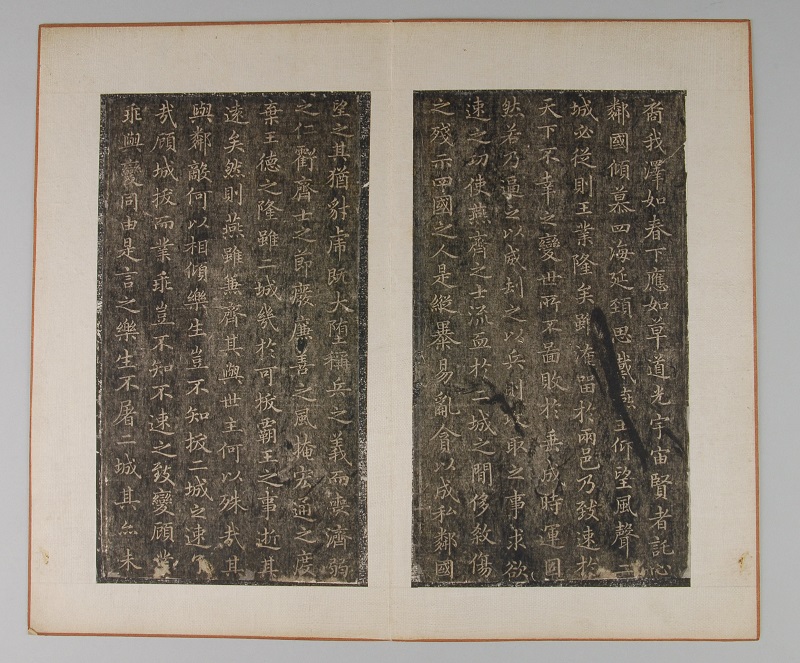A series of very interesting teaching and learning materials about China, its culture and cultural heritage, is published by the renowned online magazine Ancient History Encyclopedia. An article by Mark Cartwright dives into the meaning and history of Chinese calligraphy which was considered more an artistic practice than a way to communicate in written.
“Calligraphy established itself as the most important ancient Chinese art form alongside painting, first coming to the fore during the Han dynasty (206 BCE – 220 CE). All educated men and some court women were expected to be proficient at it, an expectation which remained well into modern times. Far more than mere writing, good calligraphy exhibited an exquisite brush control and attention to composition, but the actual manner of writing was also important with rapid, spontaneous strokes being the ideal. The brushwork of calligraphy, its philosophy, and materials would influence Chinese painting styles, especially landscape painting, and many of the ancient scripts are still imitated today in modern Chinese writing. “
Exquisite calligraphy was highly appreciated and cherished, by preserving the support in different ways; and talented writers could even become real celebrities so that their works were collected and faithfully copied (and sometimes even forged!) since the early days, irrespectively of the meaning of the text. “There are many scraps (tie) which may be very old and highly valued but are, in fact, merely comments on the weather or a note for a gift of oranges.”
Read or listen to the entire article from Ancient History Encyclopedia website: https://www.ancient.eu/Chinese_Calligraphy/
image: Rubbing of Essay on Yue Yi by calligrapher Wang Xizhi. Weltmuseum Wien via Europeana CC-BY-NC-SA
PAGODE – Europeana China is co-financed by the Connecting Europe Facility Programme of the European Union, under GA n. INEA/CEF/ICT/A2019/1931839

